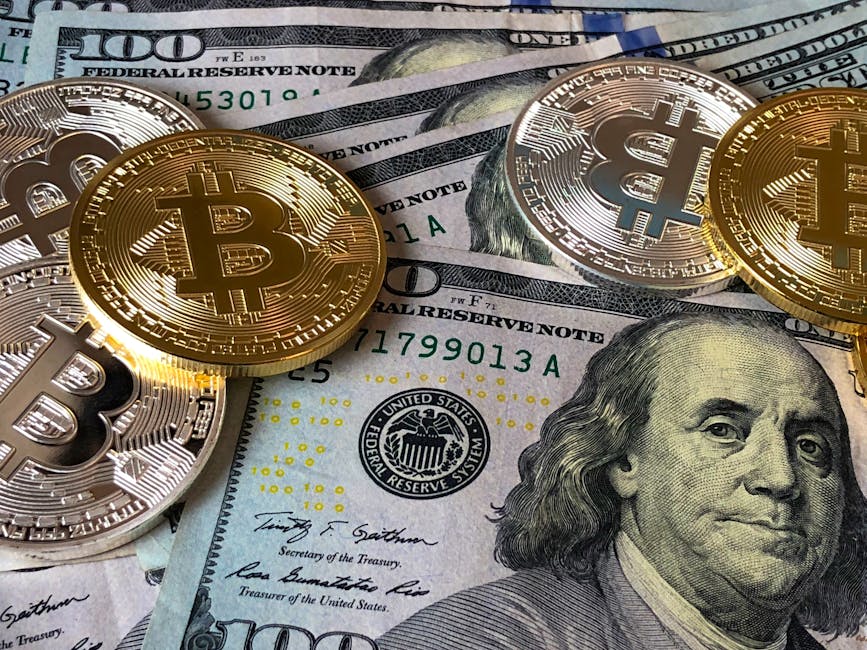Navigating Blockchain Regulations and Compliance
You’re about to wade into the regulatory quagmire of blockchain regulations and compliance, where one misstep can trigger fines, lawsuits, and reputational damage. Guess what? You don’t have a choice – traversing this complex landscape is vital before launching your project. You’ll need to classify tokens, safeguard data privacy and security, and comply with AML and KYC requirements. And that’s just the tip of the iceberg. Don’t even get me started on securities and exchange laws, jurisdictional compliance challenges, and changing regulations. Buckle up, because you’re in for a wild ride – but there’s hope on the horizon, if you’re willing to take the next step.
Key Takeaways
• Token classification is crucial to determine the applicable regulations and avoid legal issues.• Regulatory sandboxes provide a safe space to test and refine blockchain products without the weight of regulations.• AML and KYC compliance is essential to prevent illicit activities and ensure a seamless user experience.• Jurisdictional compliance involves navigating disparate regulations across regions and countries, including tax havens and border disputes.• Staying up-to-date with changing regulations, such as the EU’s GDPR and US state and federal laws, is vital to avoid fines and penalties.
Understanding Blockchain Regulations

As you venture into the world of blockchain, you’ll quickly realise that regulations are the necessary evil that can make or break your crypto dreams. You might think you’re a rebel, disrupting the system with your decentralised tech, but without regulatory compliance, you’re just a rebel without a cause (or a licence to operate).
Token Classification is a vital aspect of understanding blockchain regulations. You see, not all tokens are created equal. Some are securities, some are utilities, and some are just plain old currencies. Figuring out which category your token falls under can be a legal nightmare, but avoiding those pesky fines and penalties is paramount.
Regulatory Sandboxes are a godsend for blockchain start-ups. They provide a safe space to test and refine your product without the weight of regulations crushing your spirit. It’s like a playground for blockchain innovators, where they can experiment and innovate without fear of reprisal. But, let’s be real, even in a sandbox, there are rules to follow, and grasping those rules is vital to success.
In the world of blockchain, regulations might seem like a necessary evil, but they’re vital for building trust and stability in the ecosystem. By understanding Token Classification and Regulatory Sandboxes, you’ll be better equipped to navigate the complex landscape of blockchain regulations and turn your crypto dreams into a reality. So, buckle up, Buttercup, and get ready to comply!
Data Privacy and Security Laws

You’re about to venture into the world of data privacy and security laws, where one misstep can turn your blockchain project into a cyber-security nightmare, and your users’ sensitive info into a hacker’s playground.
When it comes to handling personal data, you’ve got to be on top of your game.
Encryption standards: Make sure you’re using the most up-to-date encryption methods to protect your users’ data. Think AES-256, salted hashes, and all that jazz.
Data minimisation: Only collect the data you need, and get rid of anything unnecessary. You don’t want to be sitting on a treasure trove of sensitive info, just begging to be hacked.
User consent: Get explicit consent from your users before collecting or processing their personal data. No sneaky stuff, okay?
Breach notification: Have a plan in place in case the worst happens, and be prepared to notify your users ASAP if their data is compromised.
AML and KYC Compliance Requirements

Your blockchain project’s next hurdle is traversing the complex world of AML (Anti-Money Laundering) and KYC (Know Your Customer) compliance requirements, where one misstep can land you in hot water with regulators and criminals alike.
You’re probably thinking, ‘What’s the big deal? I’m just building a decentralised platform, not laundering money for a cartel.’ But, trust us, AML and KYC regulations are no joke.
In reality, AML and KYC compliance is a constant balancing act between preventing illicit activities and providing a seamless user experience.
You need to conduct thorough Risk Assessments to identify vulnerabilities in your system and implement measures to mitigate them. This means having a robust Customer Onboarding process in place, complete with ID verification, biometric cheques, and other security protocols.
It’s a delicate dance between protecting your users and protecting yourself from regulatory headaches.
The good news is that you’re not alone in this struggle.
There are plenty of resources available to help you navigate the AML and KYC compliance landscape. From consulting firms to regulatory experts, there’s no shortage of guidance to facilitate you in staying on the right track.
So, take a deep breath, buckle up, and get ready to tackle the wild world of AML and KYC compliance.
Your blockchain project (and your reputation) depend on it.
Navigating Securities and Exchange Laws

Securities and exchange laws are the regulatory equivalent of a swarm of bees – one misstep and you’ll get stung with fines, lawsuits, and a reputation in tatters.
As you navigate the complex world of blockchain regulations, verify that you comprehend the intricacies of securities and exchange laws. You don’t want to be that start-up that gets slapped with a multi-million-dollar fine for non-compliance.
Certify your token is classified correctly to avoid running afoul of securities laws. Is it a security, utility, or something in between?
Take advantage of innovative environments to test your blockchain project without fear of regulatory reprisal.
Be aware of the differing regulations across regions and countries. What’s allowed in the US mightn’t fly in Europe.
Clear and concise communication is key. Make certain your project’s documentation is accurate, up-to-date, and easily accessible.
Jurisdictional Compliance Challenges

As you venture into the Wild West of blockchain regulations, traversing the disparate jurisdictions is like trying to solve a puzzle blindfolded – except the pieces keep changing shape and size.
You’re not just dealing with different laws and regulations; you’re traversing a complex web of Border Disputes, where countries are still figuring out who gets to claim jurisdiction over this newfangled tech.
And then, of course, there are the Tax Havens. You know, those lovely little islands where crypto whales go to frolic and hide their fortunes.
But don’t get too comfortable; those havens can quickly turn into regulatory nightmares. One misstep, and you’ll find yourself on the wrong side of the law, with authorities breathing down your neck.
Jurisdictional compliance is a minefield, and you’re the one tiptoeing through it.
You need to stay on top of changing regulations, from the EU’s General Data Protection Regulation (GDPR) to the US’s patchwork of state and federal laws. And don’t even get me started on the joys of dealing with international authorities, each with their own agendas and priorities.
You’re not just a blockchain enthusiast; you’re a master puzzle solver, a regulatory ninja, and a tax whisperer all rolled into one.
Conclusion
As you wade through the murky waters of blockchain regulations, it’s like finding a needle in a haystack – except the haystack is on fire and the needle is a lawsuit waiting to happen.
Coincidence or not, compliance is key to avoiding a regulatory reckoning.
So, stay vigilant, stay informed, and for the luv of all things decentralised, don’t get caught slippin’ on AML and KYC.
Contact us to discuss our services now!
